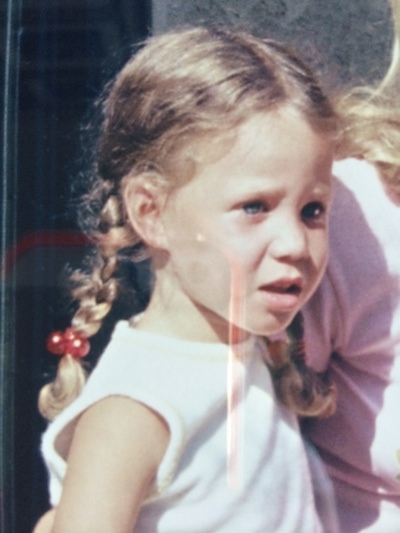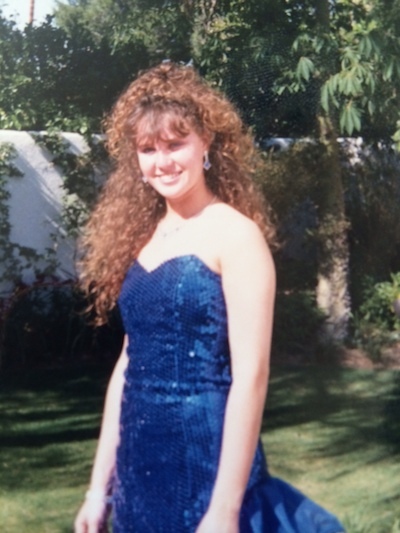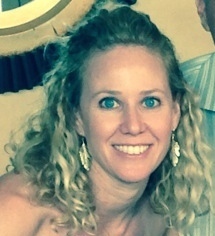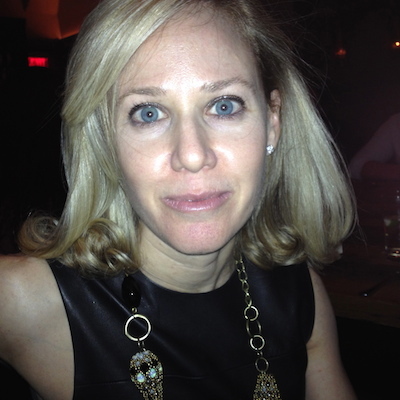Recently there was an article in the New York Times about curly hair. I am always drawn to articles about curly hair, because, well, I have curly hair and if you have curly hair, then you know what I mean. Curly hair is not technically considered an affliction. Afflictions are really bad. They are not life-and-death situations but they can complicate your daily existence. So, curly hair girls will mostly agree that if afflictions are things that complicate your daily existence, then having curly hair is an affliction.
Before you go all bonkers on me in the comments and start writing things about real afflictions and things like wars overseas and how can I write about curly hair being a problem when people are dying and I'm so insensitive, please realize that I know that having curly hair is not that big of a deal, and I understand its position on the hard-knocks totem pole. But you probably have straight hair.
The article talked about trend-setting curly girls in enviable positions embracing their curls, spurning blowouts, going au naturel. The New York Times said curly hair is "modern" and "now cool." Oh, thank you New York Times. It's nice to know that I am now modern and cool. Or at least that my hair is.
Most curly girls are aware that there are very few curly role models out there. Most of the time you see an actress or a model with curly hair, her hair was blown straight and then curled. I know this because I asked my hairdresser. Do you know how long that takes? The other problem with curly hair in the media is that it's usually a "before" look -- before the main character becomes pretty, confident and self-actualized. Think Julia Roberts in Pretty Woman or Anne Hathaway in The Princess Diaries.
I spent my teens with huge curly hair. But that was the 80s and that was how it was. I spent my 20s and 30s with my hair in ponytails and buns. I had no clue how to reign in my crown of chaos. I would blow out my hair once in a while and then try to make it last for days. I tried to ignore that one spot in the back of the head that you physically can't straighten yourself. Curly girls know that spot; they're probably more familiar with it than their G-spots, and we curly girls can spot it on another curly girl from far range (especially when you're sitting in a back row at a wedding). Toward my late 30s/early 40s, after being inspired by my friend Allison who was cultivating and embracing her curls, I finally learned how to do my curly hair so that it turned out pretty and not frizzy.
For all you curvy haired ladies, here's my regimen. I share in the hope that it can help one curly girl out there. Be prepared: It's a whole fricking production. (Straighties, you can skip to the next paragraph.) I only wash my hair a couple of times per week. I use a curly girl shampoo and comb out the knots with my fingers while the conditioner is in. I rake out handfuls of hair, but I've been told that's normal. It doesn't seem normal. I use a lightweight terrycloth towel or paper towels to squeeze a bit of water out of my hair, taking care to leave it essentially dripping wet. That is the key to good curls: applying product to soaking wet hair.
I use one squirt of curl cream (too little and my hair frizzes, too much and it looks a bit oily, oy) and rake it through my hair doing a kind of up-scrunch as I go. Then I wait one and a half to two hours for it to dry. No touching while it dries. The dripping wet part is tough in the winter as I often freeze. And tough when I have somewhere to go and a short getting-ready time. My hair turns out different each and every time. With the right weather and sufficient kissing up to the curl goddesses, the curls behave. The rest of the time my hair is a frizzy, knotty, crown of hell. That's where the bun becomes my look.
Here's what's stupid. I feel like a traitor when I get a blowout. So I feel like a traitor quite often. I've had my hair blown out for most of the special occasions in my life. Except when my babies were born. I was not getting hair and makeup when my babies were born, although I'm told that's now a thing. When my hair is smooth and glossy with that trademark blowout bounce, I feel like I'm trying to be someone I'm not (as if the padded bras and highlights weren't bad enough). But, I'm just gonna say it: I feel prettier when my hair's blown out. More professional, more sophisticated. I feel I'm taken more seriously. And that is something that a lot of my curly friends also say. When my hair's curly, I feel sassier and more playful but less serious and less polished.
So, thank you New York Times for the backhanded compliment. And for bringing curls to the forefront of style. We curly girls appreciate your validation. Thank you straighties for all the times you said you'd kill for my hair, although I give you one day with this head and then I bet you'll reconsider. Thank you blow-dry bars for propagating like bunnies. Thank you curls for building my character (because, no, the teenage acne couldn't do that all by itself). I will continue trying to embrace my mane of madness. But don't give me a hard time the next time you see me with a blowout.
Susie Orman Schnall is a writer and author who lives in New York with her husband and three young boys. Her award-winning debut novel On Grace (SparkPress 2014) is about fidelity, friendship and finding yourself at 40. Her second novel The Balance Project: A Novel (SparkPress 2015) is about work-life balance which is also the theme of her popular interview series The Balance Project. Visit Susie's website for more information.




